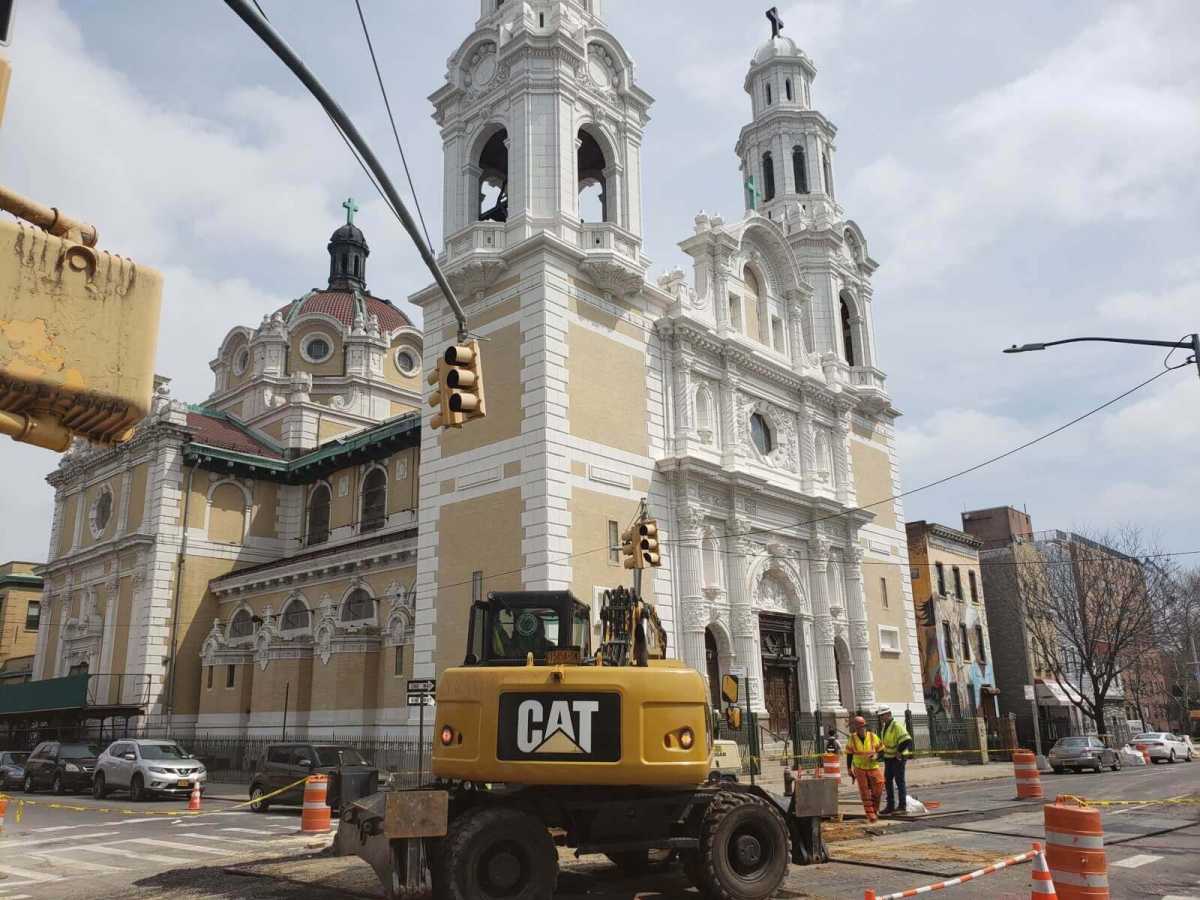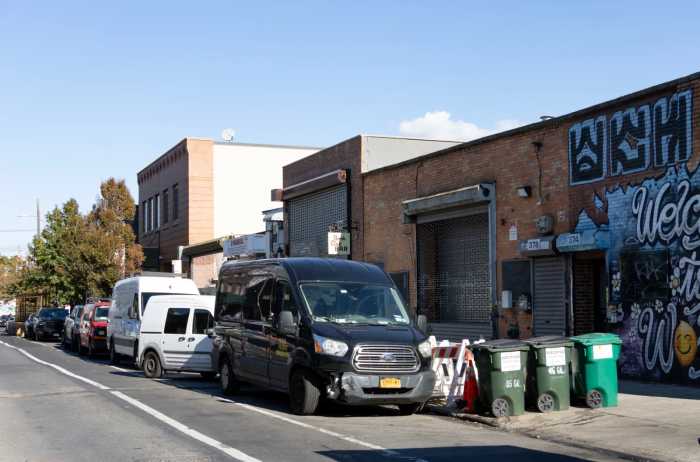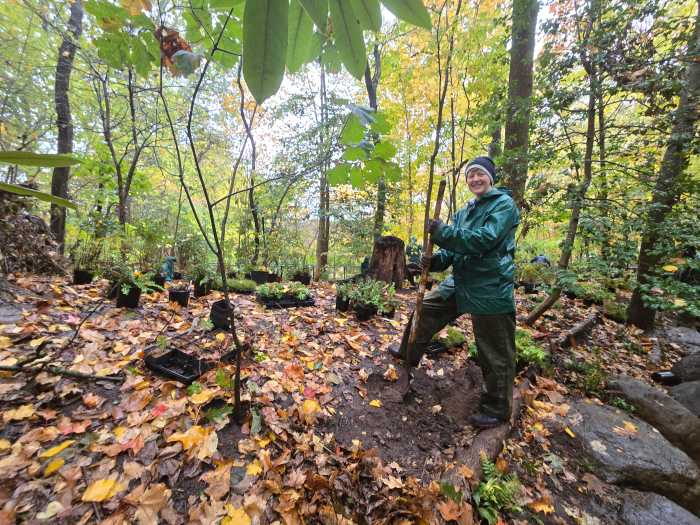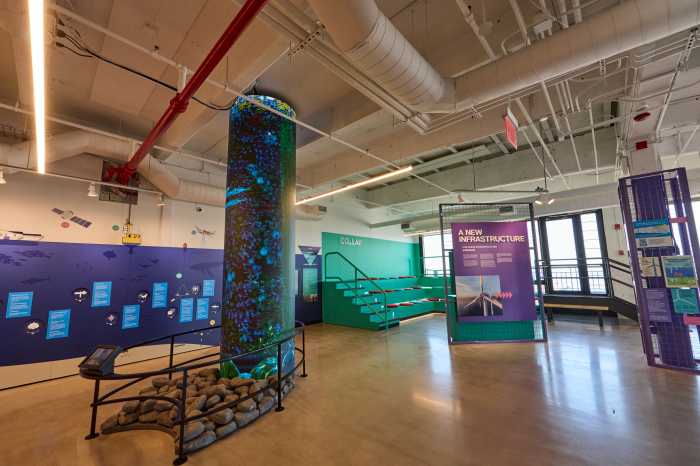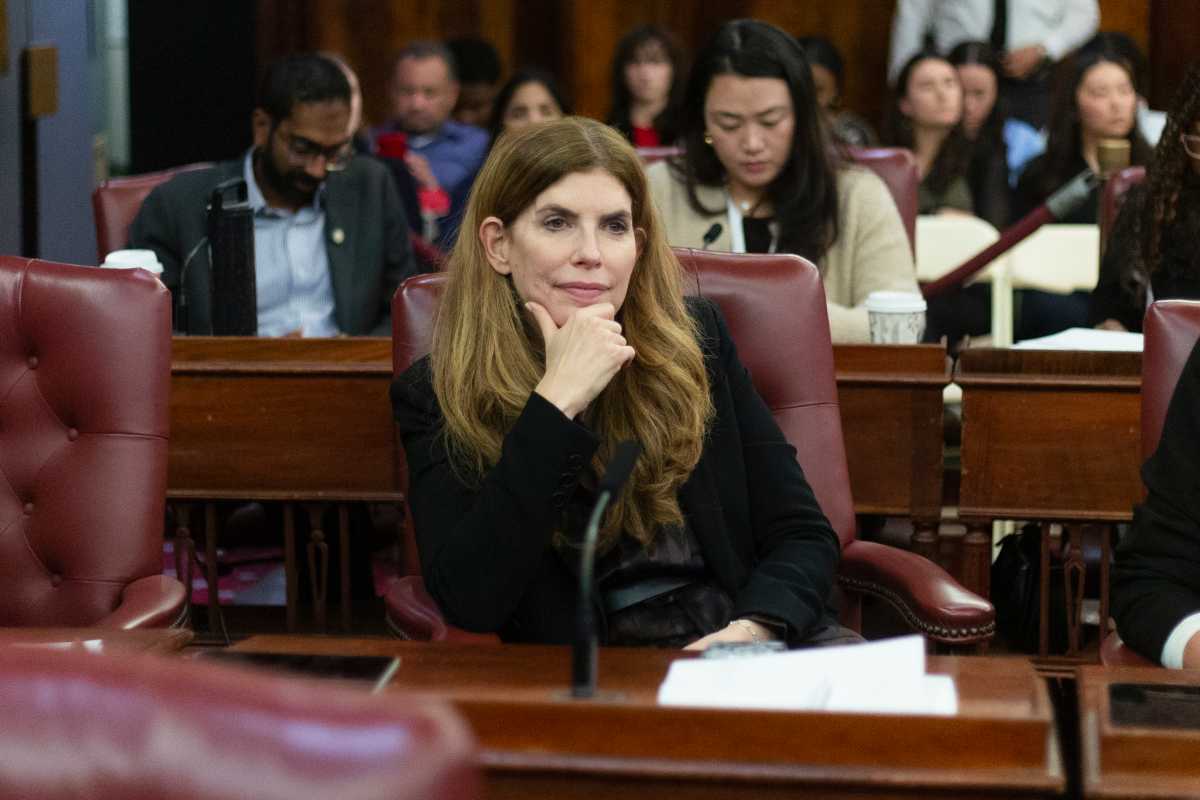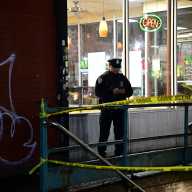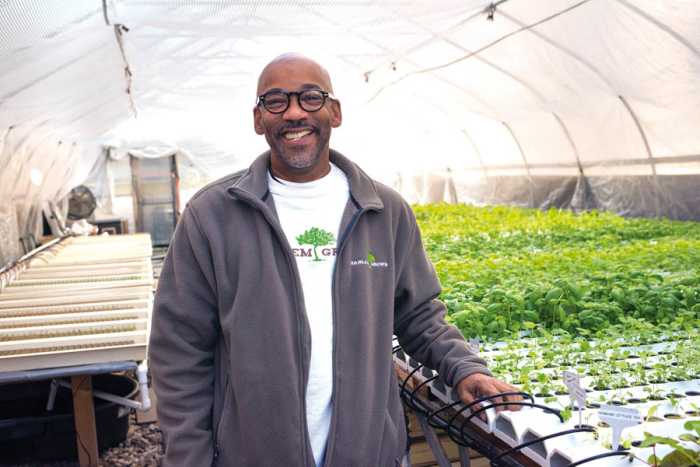Environmental activists and politicians called on National Grid to immediately halt construction on its seven-mile pipeline through northern Brooklyn Wednesday after utility workers recently resumed operations on the controversial project in East Williamsburg.
“While thousands of New Yorkers have died from COVID-19, and freezer trucks with the bodies of the deceased still sit outside our local hospitals, it is unconscionable that National Grid would endanger workers and our community when the work of building this fossil fuel pipeline is not essential, and is an attack on a community already under siege by both the virus and its economic consequences,” reads the May 20 letter to Nat Grid’s president John Bruckner by No North Brooklyn Pipeline.
The coalition is organized by several advocacy and political groups, including among others, Sane Energy Project, the Democratic Socialists of America, and North Brooklyn Extinction Rebellion.
The activists, including half a dozen local politicians like state Sen. Julia Salazar and Comptroller Scott Stringer, accused the utility company of endangering vulnerable and poor residents along its route in Bushwick and East Williamsburg as well as the workers on the site.
“We have 81 daycare facilities, 55 public schools, nine health care centers, eight private schools, three Emergency Medical Services (EMS) stations, three nursing homes, one medical center, additionally, there is a dense concentration of low-income public housing buildings in North Brooklyn located along the subsection of where phase four is being constructed,” the activists wrote.
A spokeswoman for the utility company said that they wanted to resume works to ensure the safety and reliability of the system and that they had all the needed permits to do so.
“We knew that we would not be able to suspend our halted projects indefinitely without implications to safety and reliability, and our customers’ urgent needs,” said Karen Young in a statement. “We have the required permits in order to conduct work in New York City streets.”
The company halted work on the scheme in March in response to the pandemic, but resumed on May 18, working on its fourth and fifth phases around Bushwick Avenue, Montrose Avenue, Graham Avenue, and Meserole Street, according to the project’s most recent update.

The state currently deems construction of energy grids as essential infrastructure projects that can continue amid the pandemic, but the Public Services Commission — the state agency regulating the utility company — still needs to approve the fifth and final phase of the project, according to agency spokesman James Denn.
Denn did not clarify why they were allowed to continue with the last stretch despite not yet having the PSC’s approval, but Young contended it was authorized since the regulatory body signed off on the general project in 2016.
The extra natural gas pipe beneath Kings County’s streets is designed to relieve pressure on Nat Grid’s network and support economic growth in the area, according to company officials, but residents have come out in opposition saying it could be a hazard and that the company should instead expand green energy infrastructure and divest from fossil fuels.
The company started work on the project in 2017 in Brownsville, before continuing to tear up streets and lay down the pipe through Bedford-Stuyvesant, then heading west through Bushwick and East Williamsburg, with plans to end at Nat Grid’s Maspeth Avenue depot at Newtown Creek in 2021.
Northern Brooklynites have come out in staunch opposition to the project before, at a Nat Grid presentation to Community Board 1 in January and an on-site protest the following month, saying that the pipeline could rupture and lead to explosions as has been the case with more rural gas pipelines across the country and that the company should pivot to environmentally-friendly energy sources in the face of climate change.
But engineers with the company assured locals at the heated January meeting that the pressure in tubes underneath urban areas like Brooklyn is far lower — about half the pressure of a car tire — and that if there was a rupture, gas would leak and not explode.
“The pipe is designed differently to operate in an urban environment as opposed to operating as an interstate pipeline at a much higher pressure going through a rural area,” said Nat Grid engineer Peter Metzdorff at the time. “This is not an interstate pipeline.”


